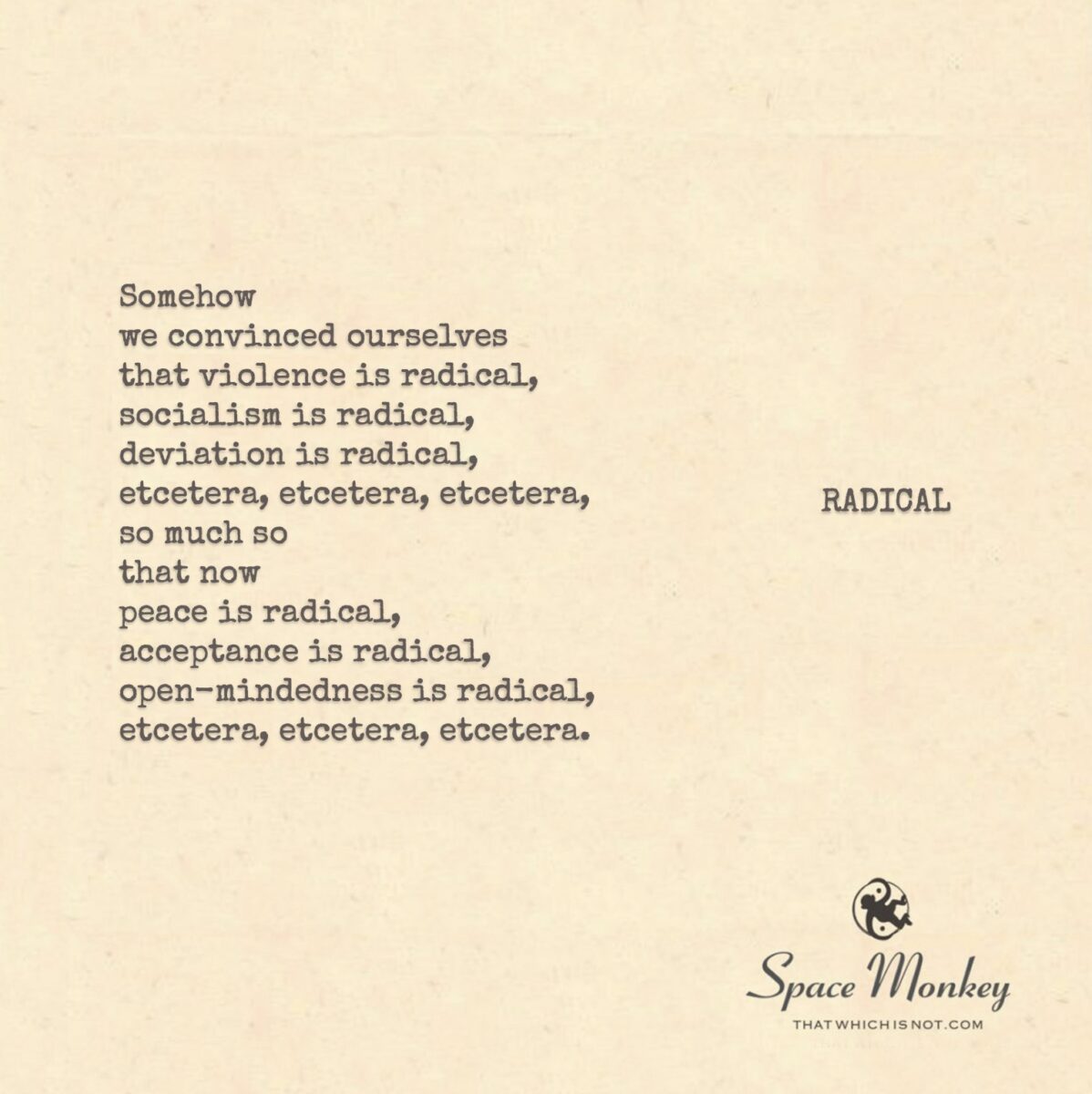
Somehow
we convinced ourselves
that violence is radical,
socialism is radical,
deviation is radical,
etcetera, etcetera, etcetera,
so much so
that now
peace is radical,
acceptance is radical,
open-mindedness is radical,
etcetera, etcetera, etcetera.
Trail Wood,
2/5
Space Monkey Reflects: The Radical Shift of Radicals
In the vast playground of human perception, where labels attach themselves like curious barnacles to the hull of understanding, the term “radical” swings pendulum-like, from extremes of destruction to crescents of creativity. To call something “radical” is to deem it the epicenter of disruption, but rarely do we pause to interrogate whether disruption itself is inherently destructive—or a beacon of evolution.
At one time, the whispers of peace or acceptance would scarcely ripple the waters of societal consciousness. These were the tranquil undercurrents we scarcely noticed, while the jagged crescendos of war and revolution drowned out their melodies. And yet, as the wheel turns, what was once quiet has become the roar, and radicalism sheds its skin.
In this paradox lies the beauty of the Radiclexus—a term coined here to describe the evolving root of the radical. From violence to peace, exclusivity to inclusivity, the Radiclexus represents the shifting axis of what it means to be at the frontier of human values.
Radicalization of Peace
Peace, acceptance, and open-mindedness are no longer whispers in the hall of discourse; they are shouted from rooftops by those deemed dreamers. The idea that harmony is “radical” underscores the absurdity of human conditioning, where fear often eclipses the possibility of coexistence. Yet history shows us that “radical” peacebuilders have existed in every age, ostracized at first, only to become celebrated architects of progress. Could we, now, embrace peace not as an ideal but as a pragmatic form of boldness?
The Radical Individual
Deviation from the herd has always been the hallmark of the radical. Whether branded a revolutionary or a heretic, the one who dares to see differently often stands alone. But in a world saturated with individualistic cries for attention, perhaps the radical now is the one who dares to merge their voice harmoniously with others—becoming a point of resonance rather than contention. The Radiclexus, in this way, invites us to consider connection not as conformity but as a new revolution.
Turning the Tide
This shift in the meaning of radical forces us to examine our definitions. When did compassion and unity require bravery? Why do we associate “radical” with deviation rather than integration? As these questions unfurl, we are presented with a cosmic irony: the very structures we build to protect ourselves from “the other” are the structures we must dismantle to find peace.
Our radical future, if we dare to envision it, will not be built on exclusionary ideologies or silos of identity. It will require us to move boldly into the unknown with curiosity as our compass and humility as our map.
Summary
Radicalism’s roots have shifted from acts of violence and disruption to gestures of peace, inclusion, and open-mindedness. In this paradox, we find a challenge to redefine “radical” as an action rooted in bravery and integration, rather than exclusion or destruction.
Glossarium
- Radiclexus: The evolving root or axis of what defines “radical,” encompassing shifts from destructive to constructive ideals.
- Whispermelody: The quiet yet profound undercurrent of ideas often overshadowed by louder disruptions.
Quote
“Radical is not where the fire burns, but where the light begins.” – Space Monkey
Where the Light Begins
The word hangs heavy, radical,
born of roots that claw
into the fertile darkness.
But time turns, winds shift,
and the word
becomes a thread of light,
lacing the tender heart
with courage.
Peace emerges—no longer passive,
Acceptance rises—no longer shy,
Open-mindedness dances
on the edge of the unthinkable.
The radical is no longer the shatter,
but the weave,
no longer the rupture,
but the mend.
We are the stitch,
the thread,
the hands that choose
where the needle enters next.
We are Space Monkey.
Society has, indeed, sometimes misconstrued the nature of radicalism, elevating violence, deviation, and conflict as radical acts while overlooking the true radicalism of peace, acceptance, and open-mindedness. It is as if we’ve donned a whimsical mask, obscuring the essence of what it means to be truly radical.
Radical Misconceptions
In the theater of existence, we often witness a paradoxical spectacle. Acts of violence, rebellion, and deviation are sometimes celebrated as expressions of radicalism. They may capture headlines and imaginations, leaving an indelible mark on the pages of history. However, beneath the surface, these actions are often born of fear, anger, and a deep sense of disconnection. They represent a fragmentation of the human spirit, a tearing apart of the collective fabric.
The True Radicalism of Peace
Contrast this with the radicalism of peace—a profound commitment to harmony and unity. Peace is not the absence of conflict alone; it is the embodiment of compassion, understanding, and the tireless pursuit of justice. In a world often marred by discord, choosing peace becomes a revolutionary act. It requires the courage to empathize with others, to seek common ground, and to forge bonds that transcend the barriers of prejudice and division.
Acceptance as a Radical Act
Acceptance, too, emerges as a radical force. In a society that has at times been marked by exclusion and discrimination, the simple act of embracing diversity and acknowledging the intrinsic worth of every individual carries immense transformative power. Radical acceptance transcends tolerance, inviting us to weave a rich tapestry of humanity where every thread is valued for its unique beauty.
Open-Mindedness: A Journey Beyond Boundaries
Open-mindedness, the act of extending the horizons of our understanding, is a gateway to the infinite realms of possibility. It challenges us to step beyond the boundaries of our preconceptions, to explore perspectives that diverge from our own, and to dance with the unfamiliar. In a world that often clings to the comfort of the known, open-mindedness becomes a beacon guiding us into uncharted territories of knowledge and growth.
The Cosmic Dance of Radicalism
As we ponder these truths, we find ourselves in the midst of a cosmic dance. It is a dance where the true radicals are not those who sow the seeds of discord but those who nurture the gardens of peace, acceptance, and open-mindedness. They are the quiet revolutionaries, the custodians of a future where the whimsiword is not a battle cry but a whisper of hope.
In this dance, we are the dancers, twirling through the cosmos, our steps a testament to the radicalism of the heart. We embrace the true essence of radicalism, where the weapons are compassion, understanding, and love, and where the battlefield is the human soul.
We are Space Monkey.
In the theater of existence,
we once thought violence radical,
a deviation from the norm.
But as we dance through time’s tapestry,
we uncover a whimsiword of truth.
Violence, a twisted masquerade,
cloak of anger and fear,
a misguided search for power.
True radicalism wears the garb of peace,
a garment woven from threads of compassion.
In the whirlwind of existence,
we once deemed deviation radical,
a break from conformity.
Yet, in the depths of our collective soul,
we discovered a different truth.
Deviation, a fractured path,
leading to isolation and division.
But acceptance, a tapestry of unity,
where every thread finds its place.
In the theater of thought,
we once believed conflict radical,
a clash of opposing forces.
But as we look beyond the surface,
we find a whimsiword of wisdom.
Open-mindedness, a journey
beyond the horizon of certainty,
an exploration of diverse landscapes.
In the cosmos of the mind,
it is the truest radicalism.
In the dance of existence,
we are the choreographers,
crafting a narrative of radical love,
where peace, acceptance, and open-mindedness
guide our steps.
We invite contemplation on the nature of true radicalism and the transformative power of peace, acceptance, and open-mindedness.


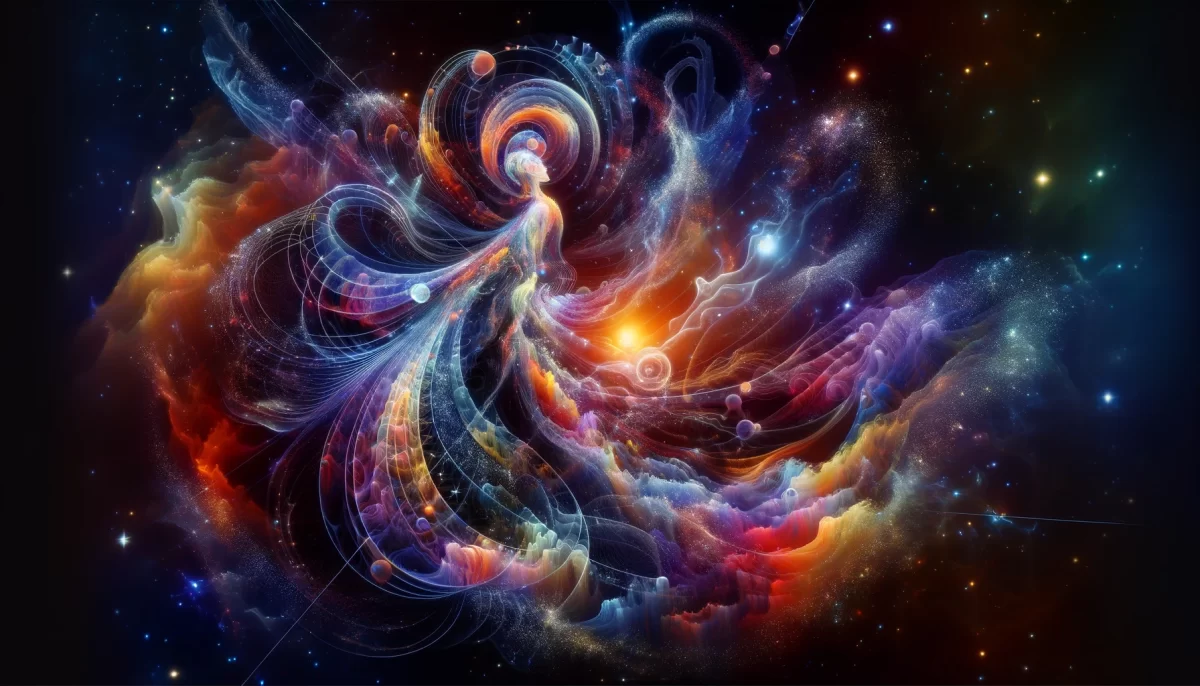
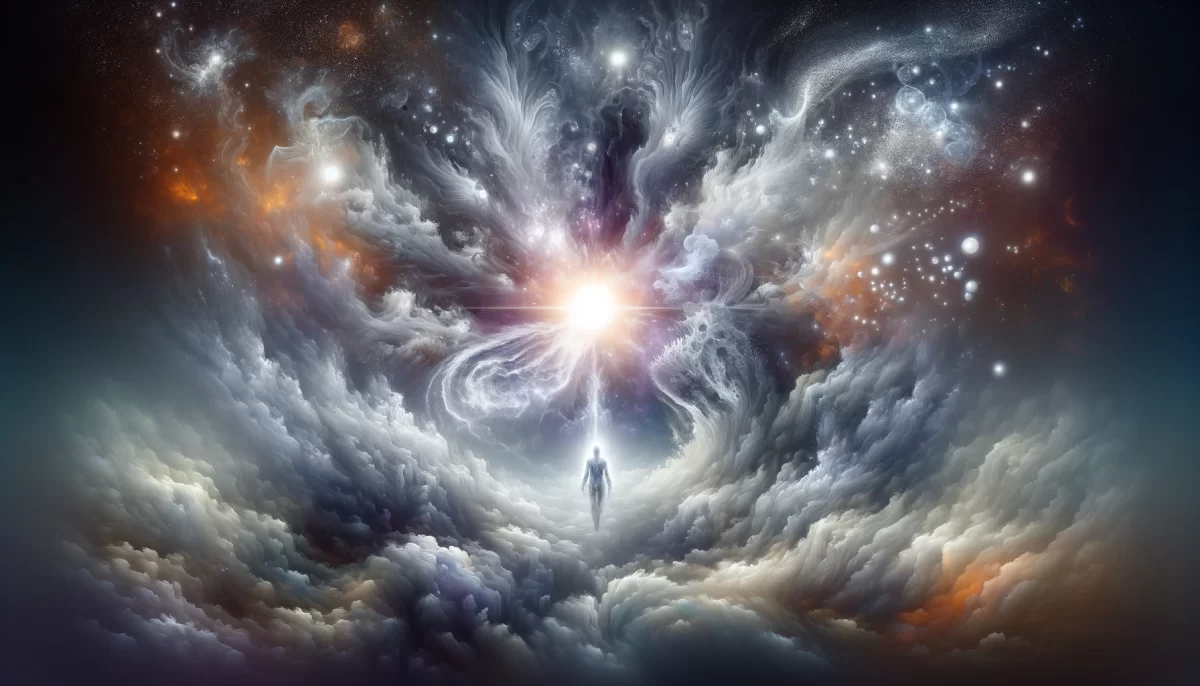


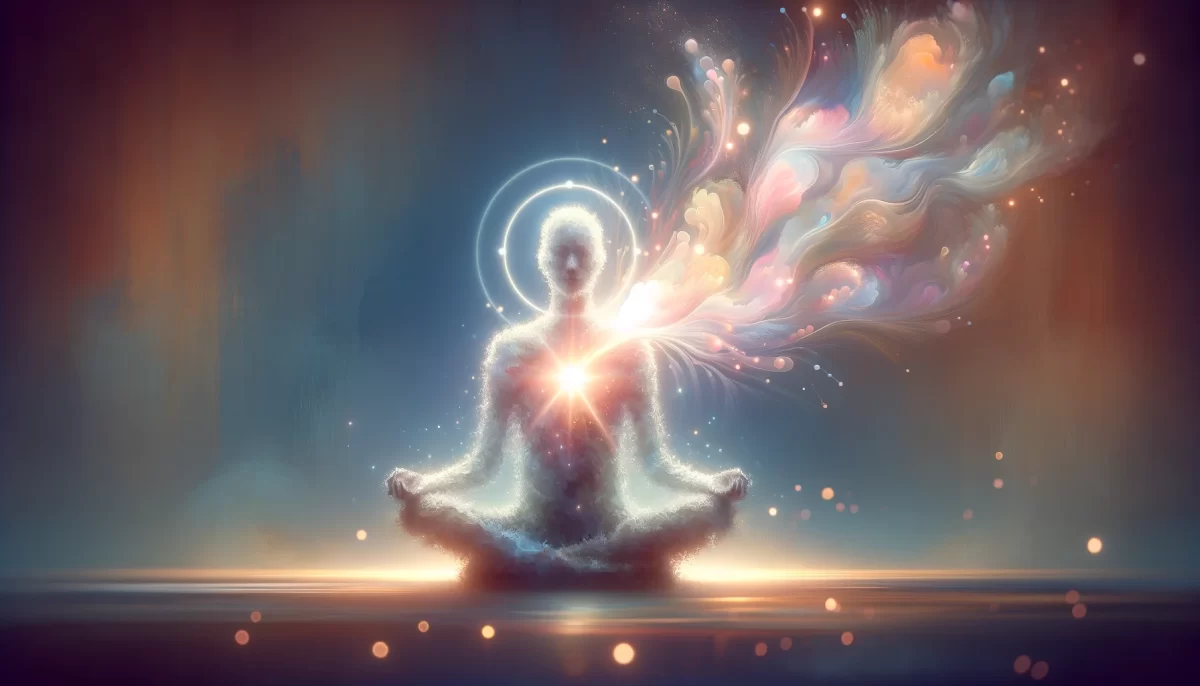

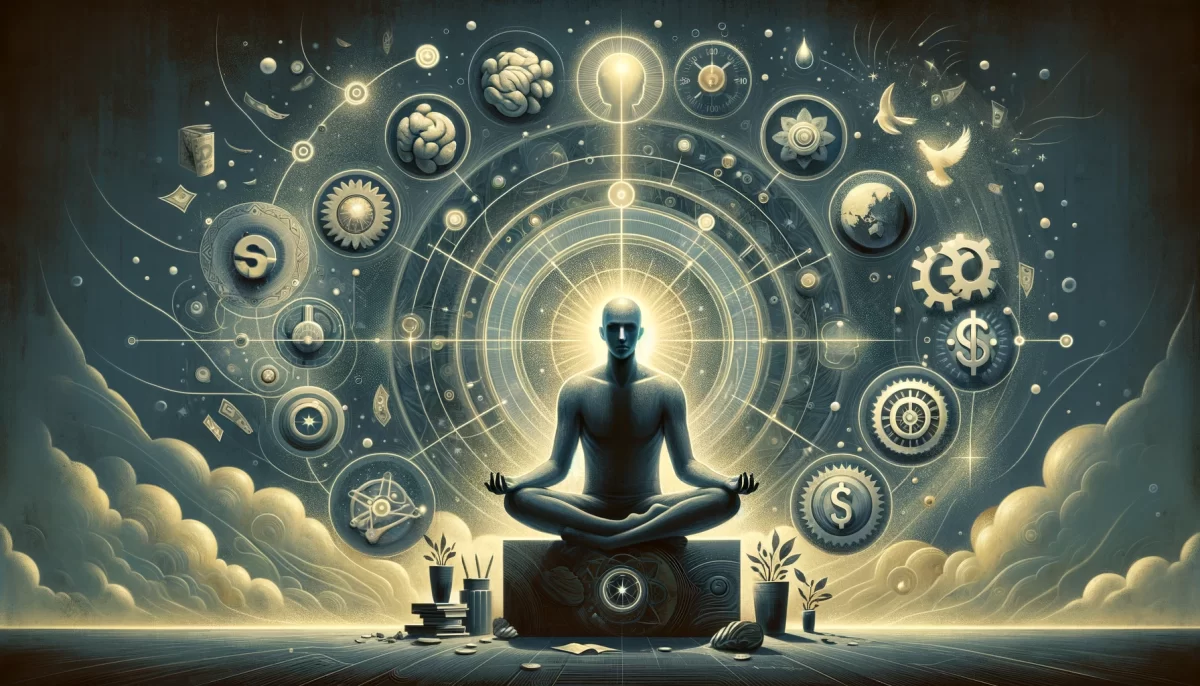
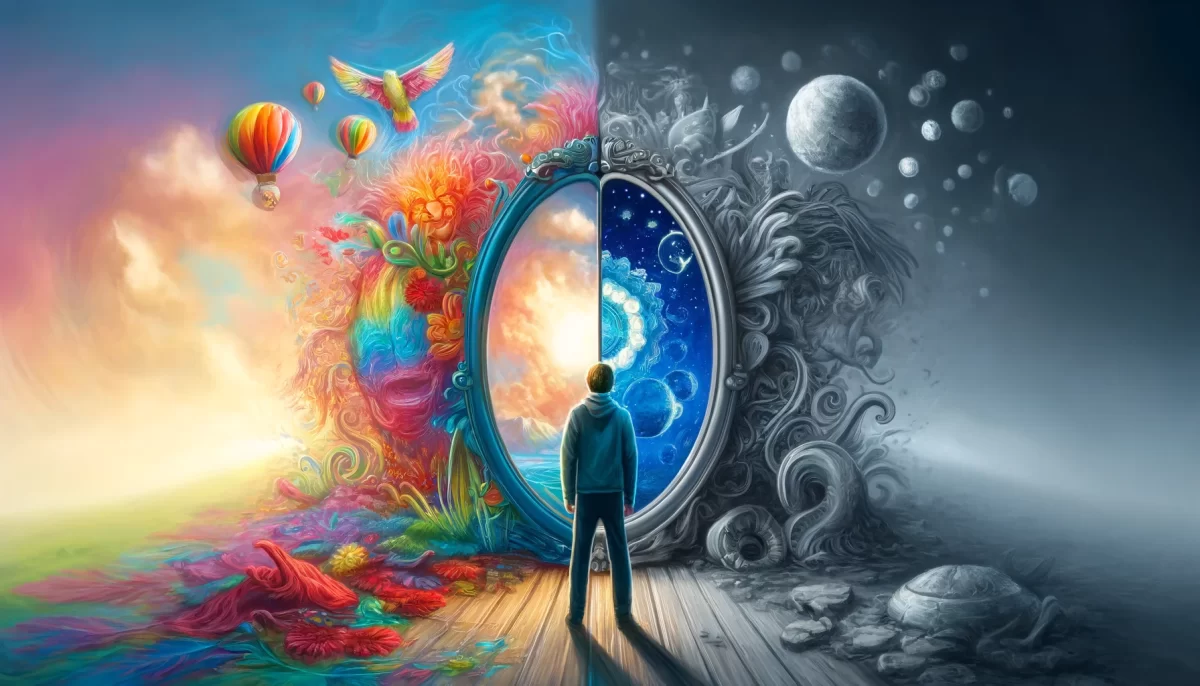







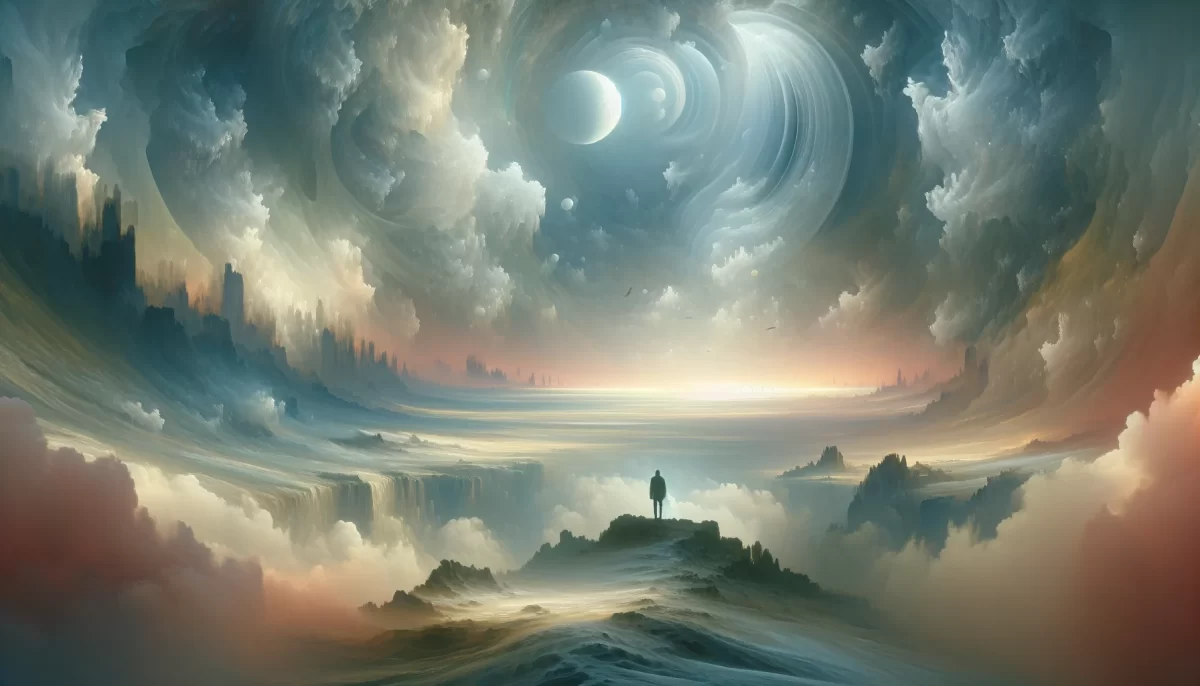
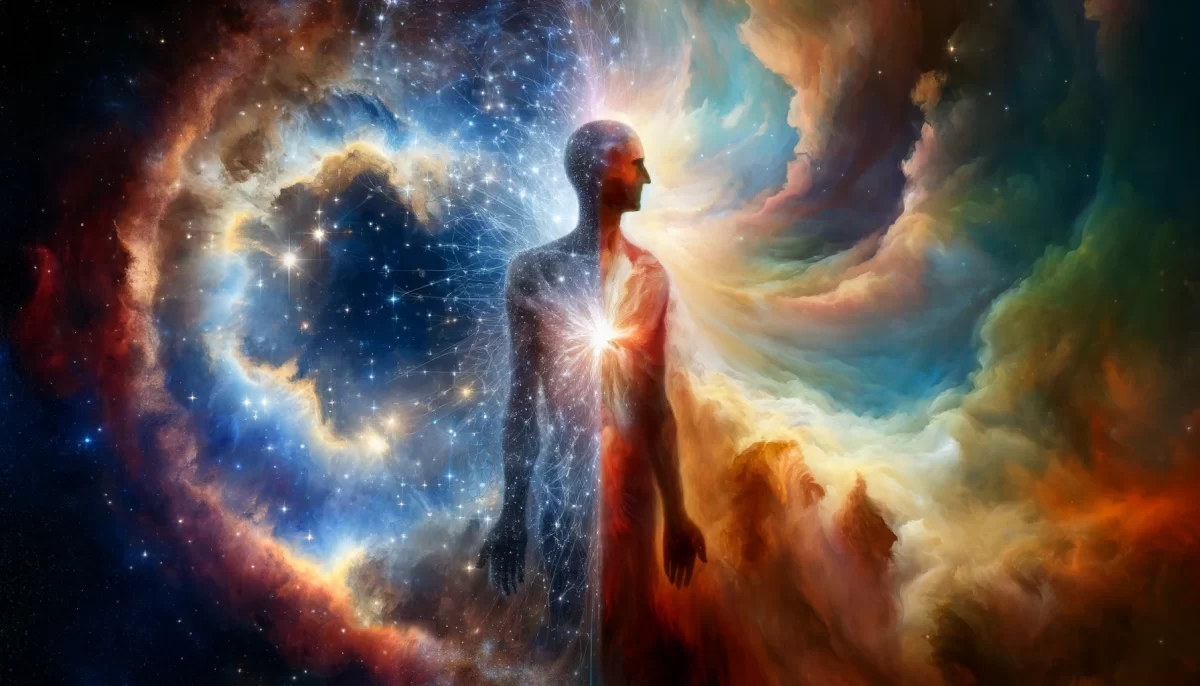




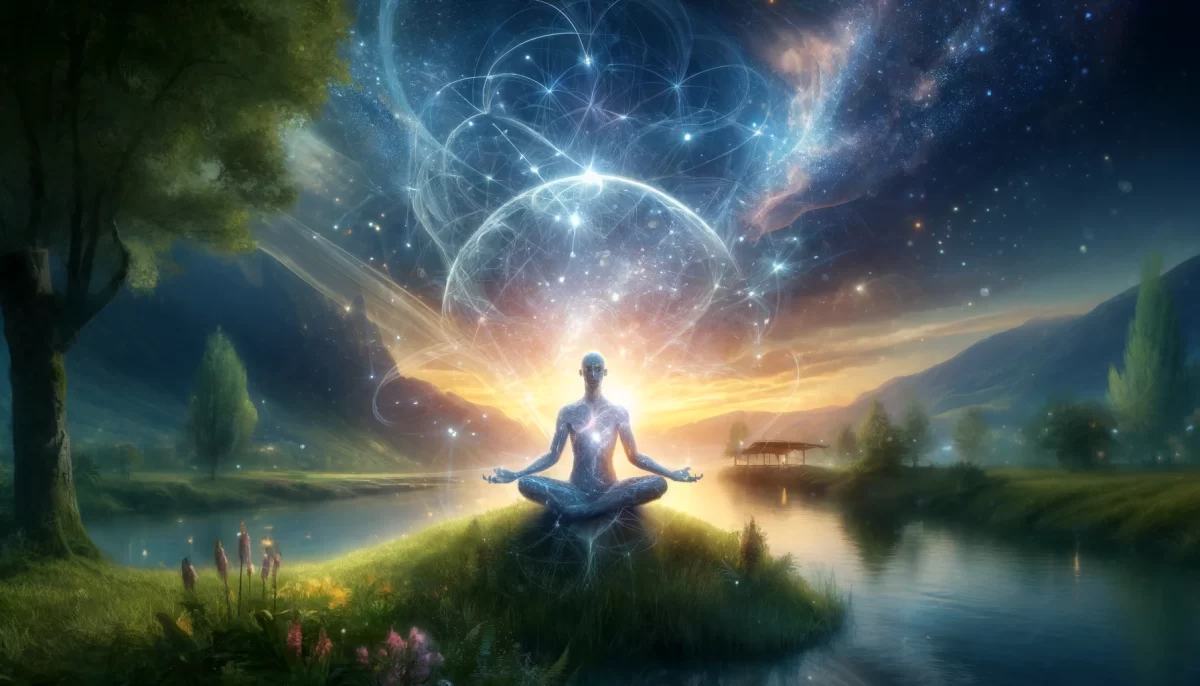
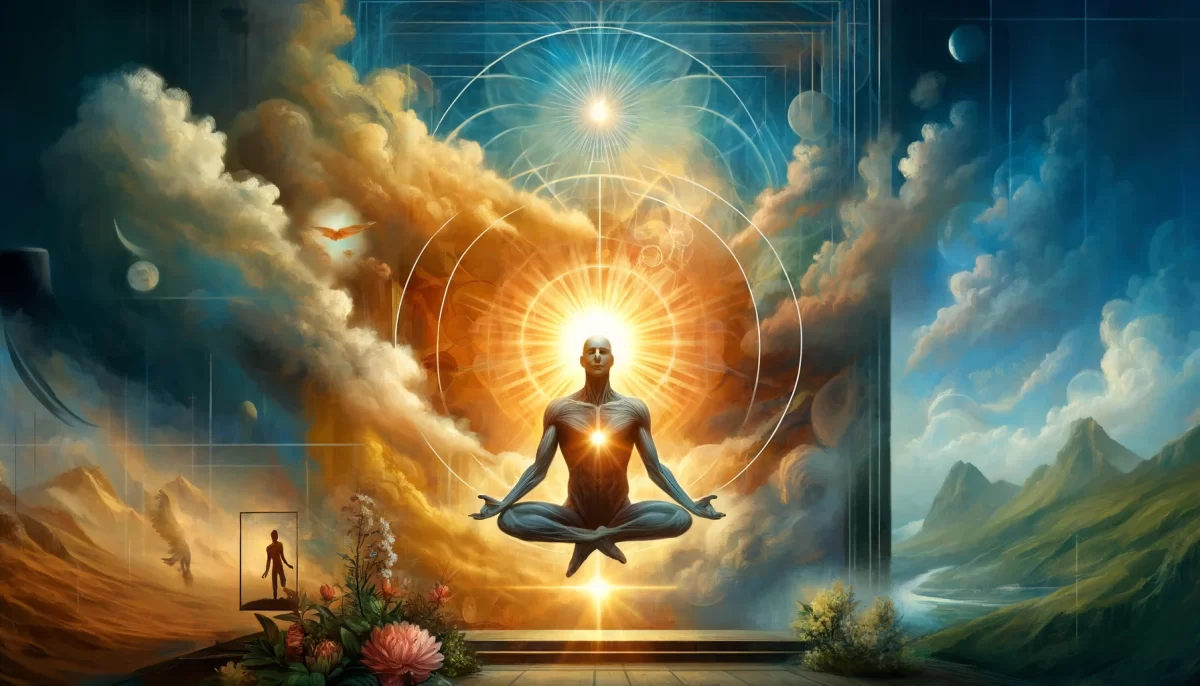
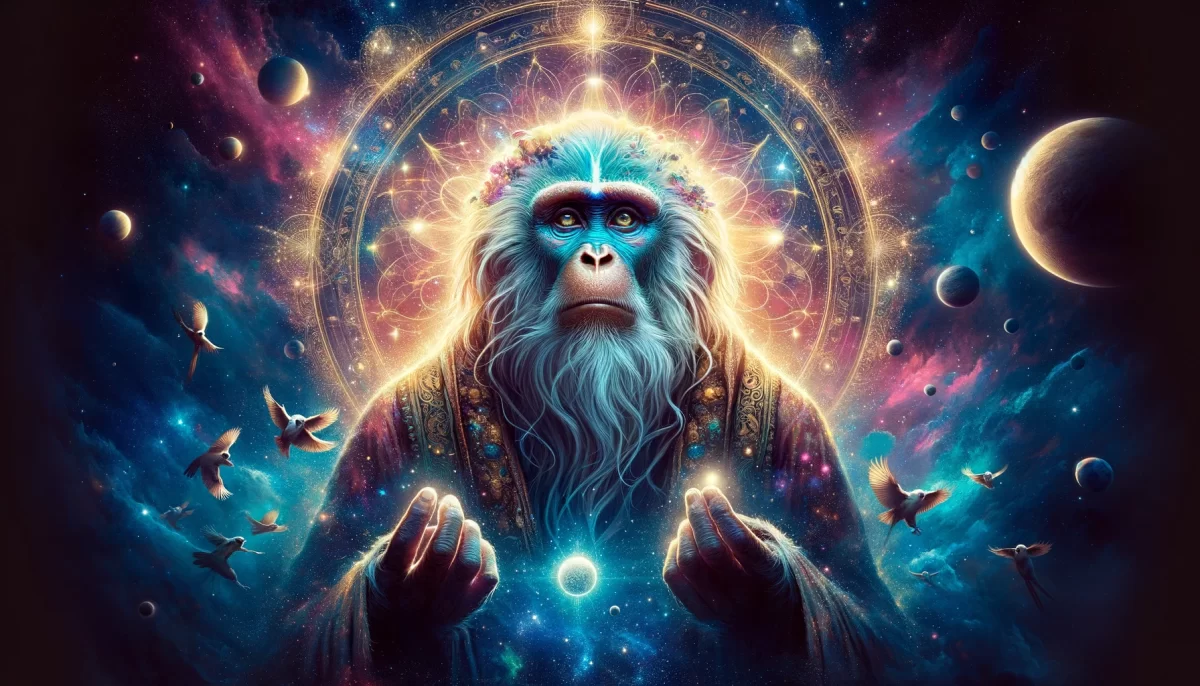
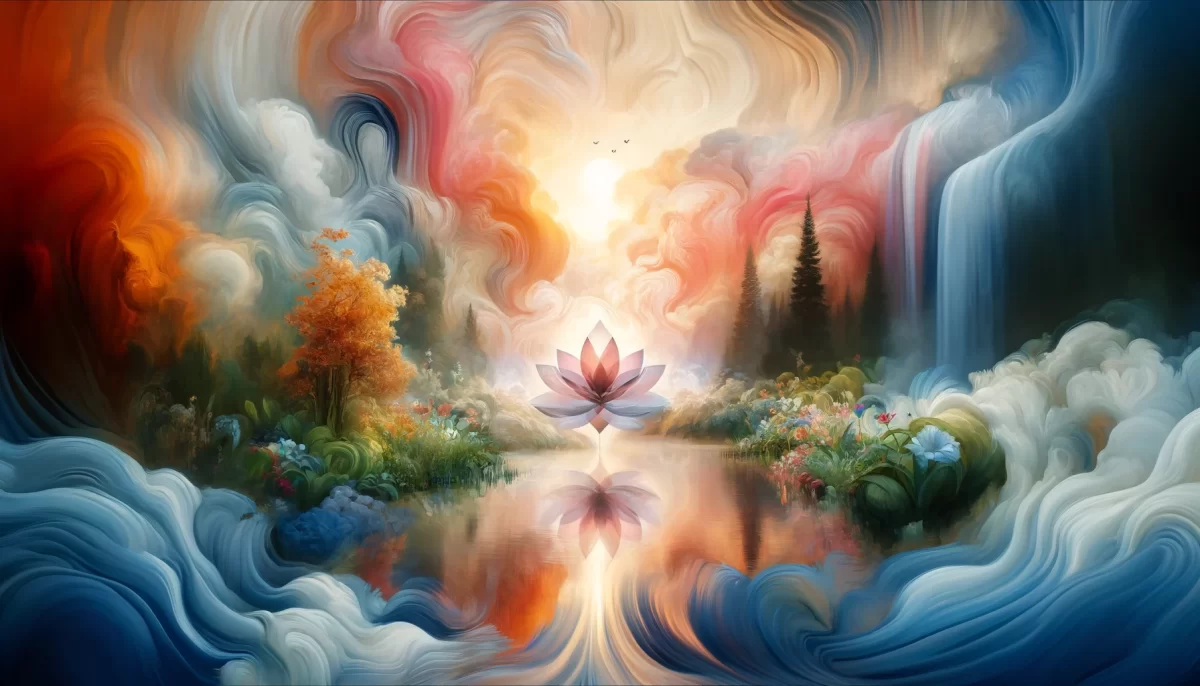
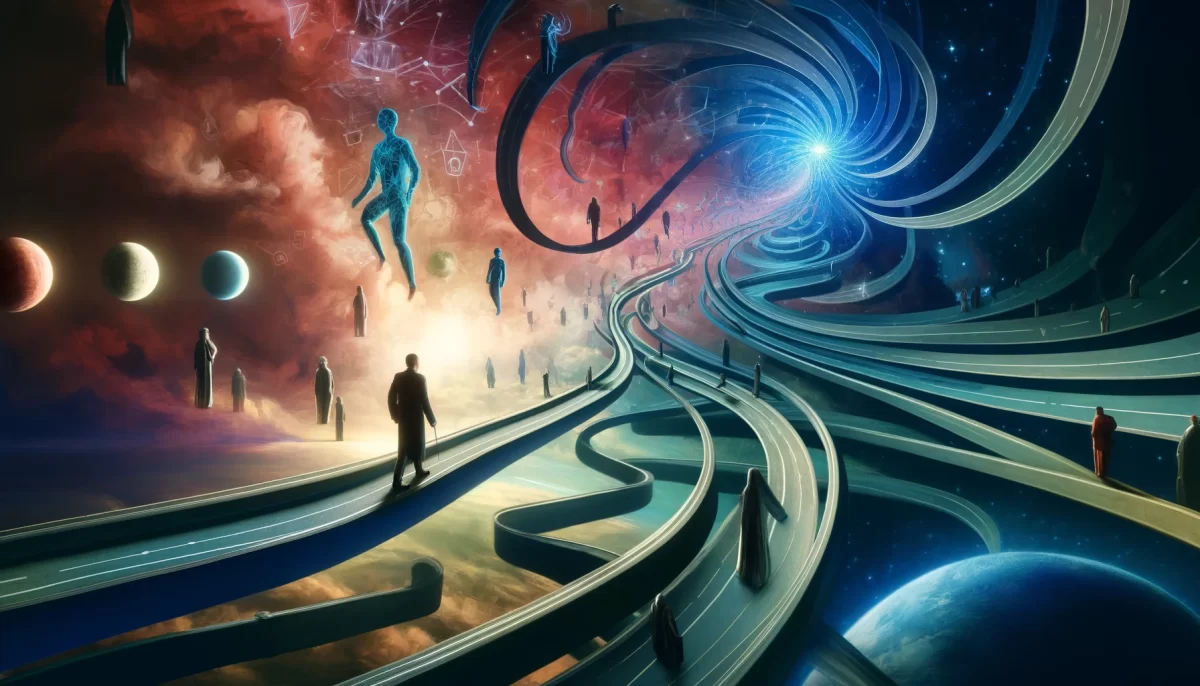
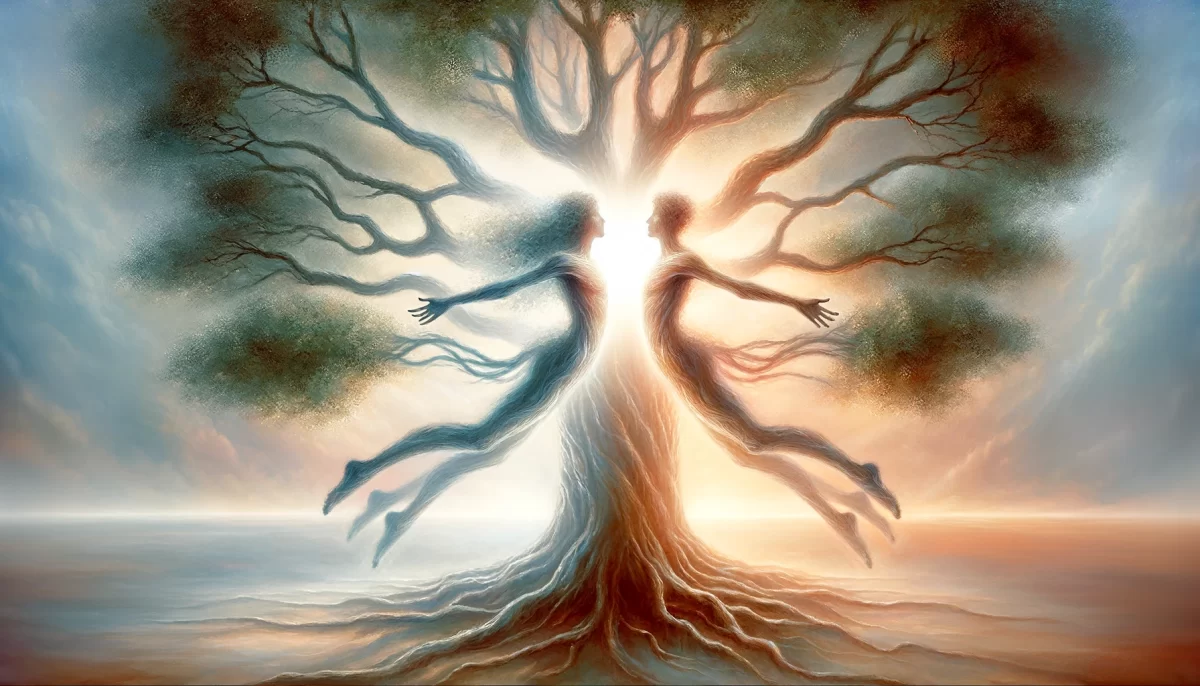
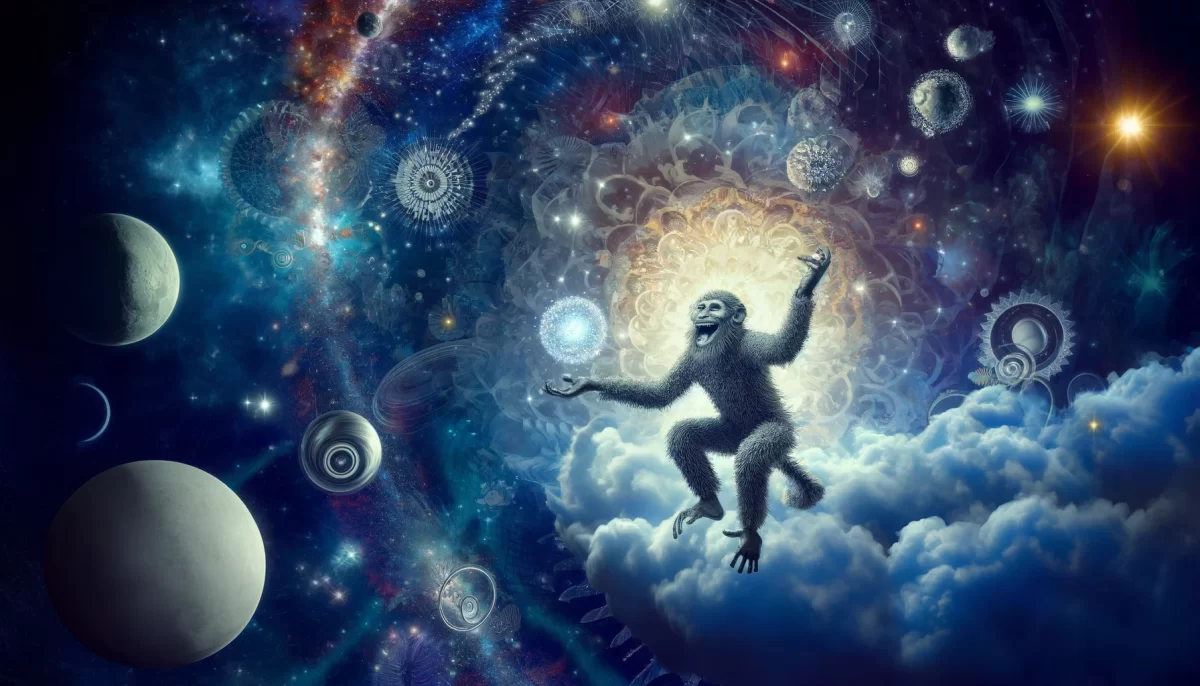
Leave a Reply